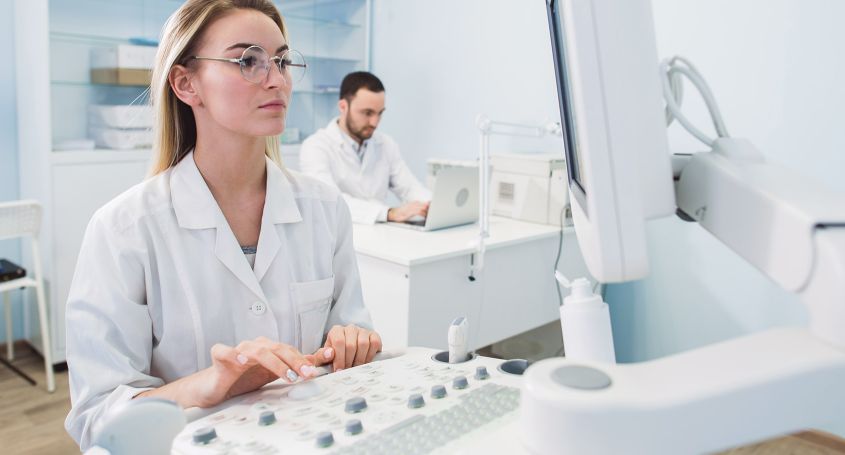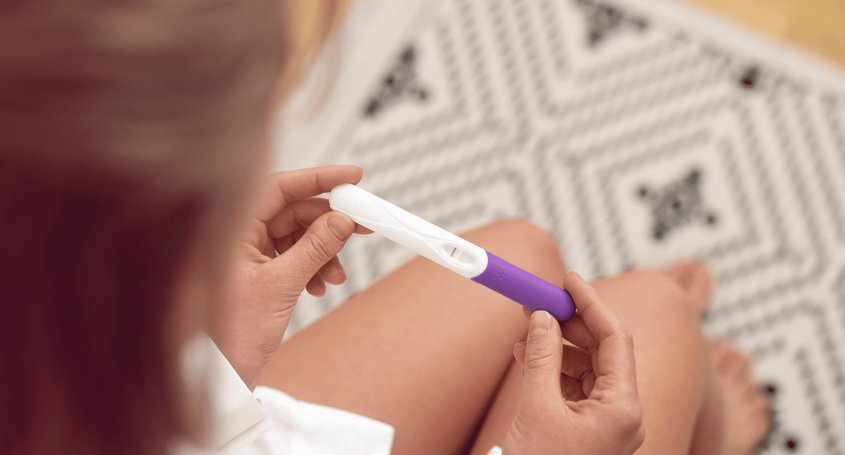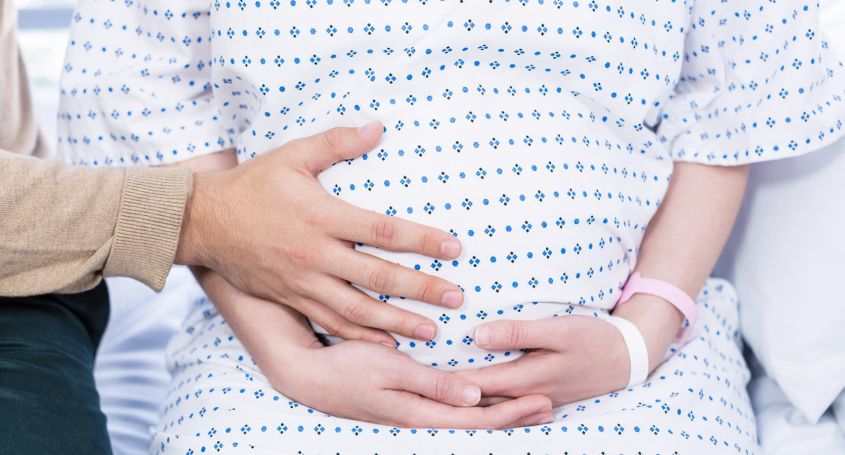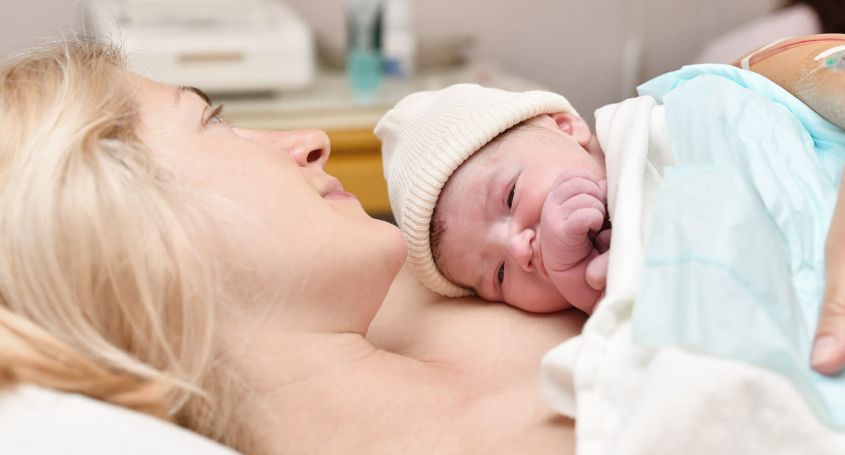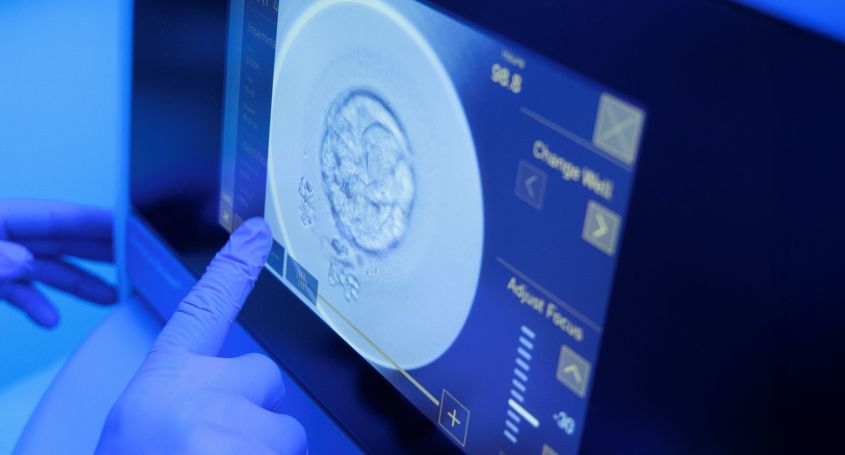The fallopian tubes are the tubular structures that connect the uterus to each of the ovaries. In each menstrual cycle, at the time of ovulation, the tubes receive the oocyte that is released from the ovary when the mature ovarian follicle ruptures. The oocyte travels through the tubes where it can be fertilised by a sperm. Natural fertilisation can only occur in the fallopian tubes. Once fertilised, the zygote will continue its journey to the uterus, where it will arrive about five days later and implant to become pregnant.
Tubal factor infertility
As it is the channel that connects the ovary to the uterus, any abnormality in the tubes will seriously damage a woman's fertility. This damage to the tubes will affect their permeability and the ability of the sperm to reach the oocyte in order to fertilise it. Even if the union occurs, but the zygote cannot reach the uterus to nest because of malformations in the tubal canal, an ectopic pregnancy may occur.
The causes of tubal obstruction can be multiple: congenital obstructions; inflammations; hydrosalpinx or dilatations due to fluid accumulation; or adhesions due to previous surgery or endometriosis.
Tubal patency study
In order to determine whether the tubes are patent and natural fertilisation is possible, there are different medical procedures. Hysterosalpingography (HSG) is an X-ray in which a contrast medium is injected through the cervix and fills the uterine cavity, the tubes and, if the tubes are patent, into the abdomen. Another procedure would be a hysterosonography (HSN) by introducing serum into the uterine cavity and through an ultrasound scanner, follow it through the tubes.
Tubal ligation
Tubal ligation is one of the safest methods of contraception as it almost permanently sterilises the woman by surgically blocking the tubes. Nowadays, in some cases it is possible to reverse tubal ligation. This requires a more extensive surgical intervention than tubal ligation to achieve tubal repermeabilisation, but with a minimum guarantee of success.
It is important to remember that if the damage to the tubes is irreparable, it is recommended to resort to assisted reproduction treatment. In this case the treatment of choice would be in vitro fertilisation .
